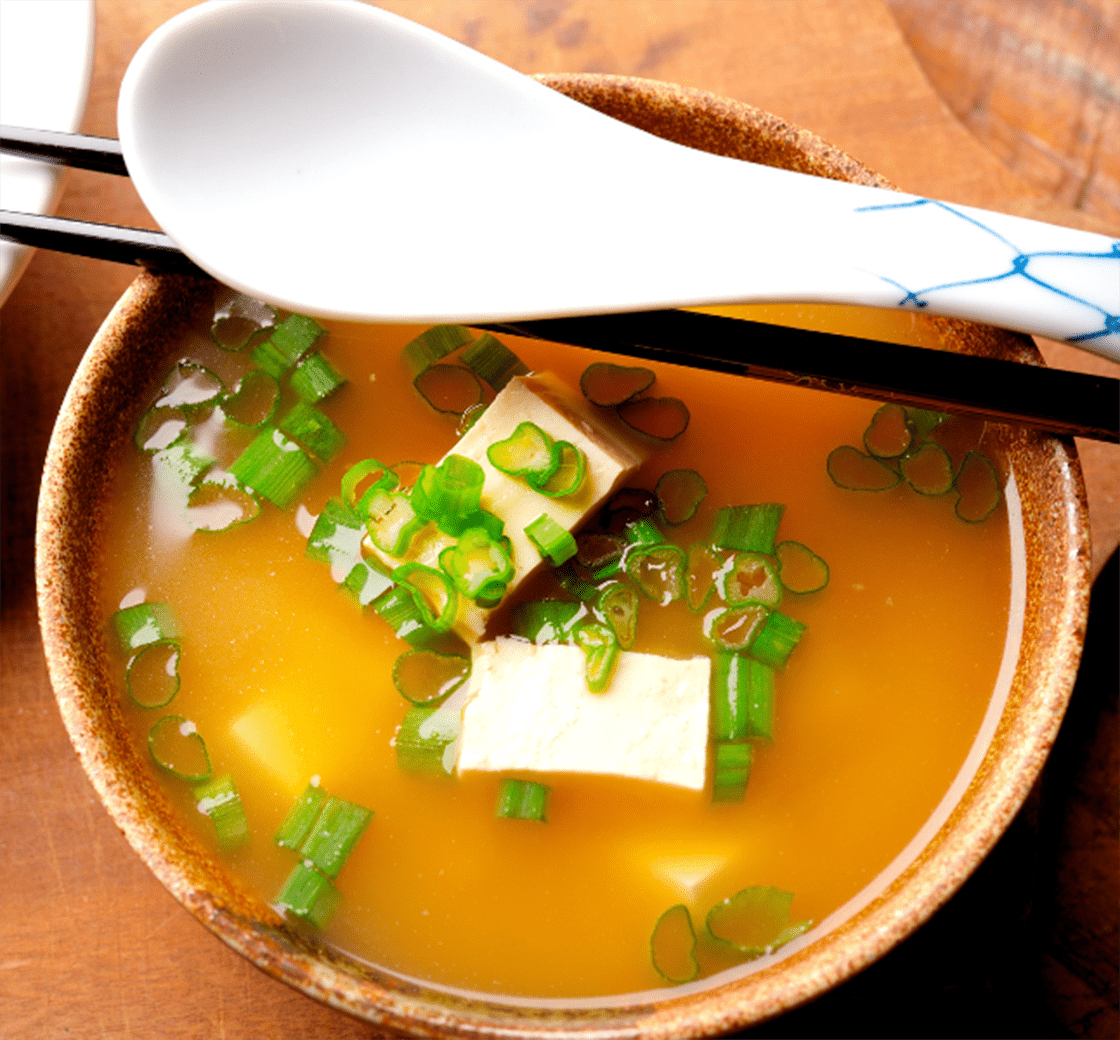
Ayurveda is the world's oldest form of natural healing and health. Its basic premise is that there exists an innate intelligence in our body and mind to be balanced and healthy. Ayurveda offers a knowledge of life with down-to-earth practices to keep this intelligence alive and well during our lifetime. In this two-day weekend workshop with culinary training, we will learn the fundamental principles of Ayurveda. You will learn about the doshas, the mahabhutas, prakriti - body type, the elements, what is health - balance and imbalance. We will learn the simple practices of Ayurveda to maintain health and live in rhythm with natural laws. We will learn about the six tastes of Ayurveda. We will learn how to correct imbalances in our digestion. On both days, we will be in the kitchen preparing food that balances us. We will create two complete meals, including Roasted Kabocha Squash Soup with Cranberries, Cilantro-Stuffed Paratha, Savory Autumn Vegetable-Paneer Tart, Braised Red Cabbage, Poha (steamed dry rice) with Curry Leaves, Rice Pudding, Orange-Fig Compote in Cardamom Syrup

You will work in teams to execute the class menu. At the end of class, participants gather to enjoy the food they have prepared. Wine is served with meals in most classes. All class menus are subject to change. While a snack platter is offered in both morning and evening classes, you may want to consider a light snack before joining us for class. Students are encouraged to bring a light lunch or dinner to all pastry classes.

You will work in teams to execute the class menu. At the end of class, participants gather to enjoy the food they have prepared. Wine is served with meals in most classes. All class menus are subject to change. While a snack platter is offered in both morning and evening classes, you may want to consider a light snack before joining us for class. Students are encouraged to bring a light lunch or dinner to all pastry classes.
The simple yet refined flavors of Tuscan cooking are world famous, and with good reason. Whether the product of one of Florence's great restaurants or the simple dishes from a country kitchen, the integrity of Tuscan cooking has won applause for centuries. Learn some of the secrets of this venerable cuisine as you make and enjoy: crostini with roasted eggplant; bistecca alla fiorentina; pollo alla toscana and cipolline agrodolce.
This four-session continuation of the Wine Essentials series offers in-depth exploration and tastings of some of the world’s more interesting and unusual wines. Studies will include an expanded array of lesser-known varietals and wines, as each class concentrates on one wine category and delves into the wines’ production, characteristics and uses, including discussions of food and wine pairing. Session 1: Advanced White Wines: Side-by-Side Tasting of Interesting Aromatic and Fruity Wines. Session 2: Advanced Red Wines: In-Depth Comparison of Selected Wines From Old and New World Regions. Session 3: Off-Dry to Sweet: Exploration of Elegant Rieslings to Cru Classé Sauternes. Session 4: Fortified and Aromatized Wines With Wine Service: Fascinating Wines, From Vermouths and Sherries to Madeiras and Portos.
Get ready to unleash your sweet tooth in this fun hands-on class dedicated to all things marshmallow! Whether you're a marshmallow aficionado or just looking to learn how to elevate your snack game, this class has something for everyone. In this session, you'll master the art of homemade marshmallows and honey graham crackers. You'll have the chance to choose your marshmallows from three mouth-watering flavors: vanilla bean, espresso, or fresh cinnamon! To take things to the next level, we'll show you how to make chocolate-covered marshmallow cookies, a sweet treat that's sure to impress your friends and family. And of course, no marshmallow adventure would be complete without the ultimate s'mores, where you'll combine everything you've learned into the classic campfire favorite with a gourmet twist.
Enjoy Spain right here in New York as you feast on tapas --- one of the great pleasures of Spanish culture. You'll make merry with these classic and contemporary small plates featuring all the flavors of the Mediterranean. After we cook, the party begins. We'll enjoy: pan con tomate with salt-cured anchovies; patatas bravas with aioli and chives; jamón croquetas; gambas al ajillo; and red wine sangria.
Ranked as America’s Best Culinary School (USAToday 2019), our roster of Chef-Instructors have run top kitchens around the globe.
| (Separate multiple addresses with commas like: john@aol.com, jane@aol.com) | |